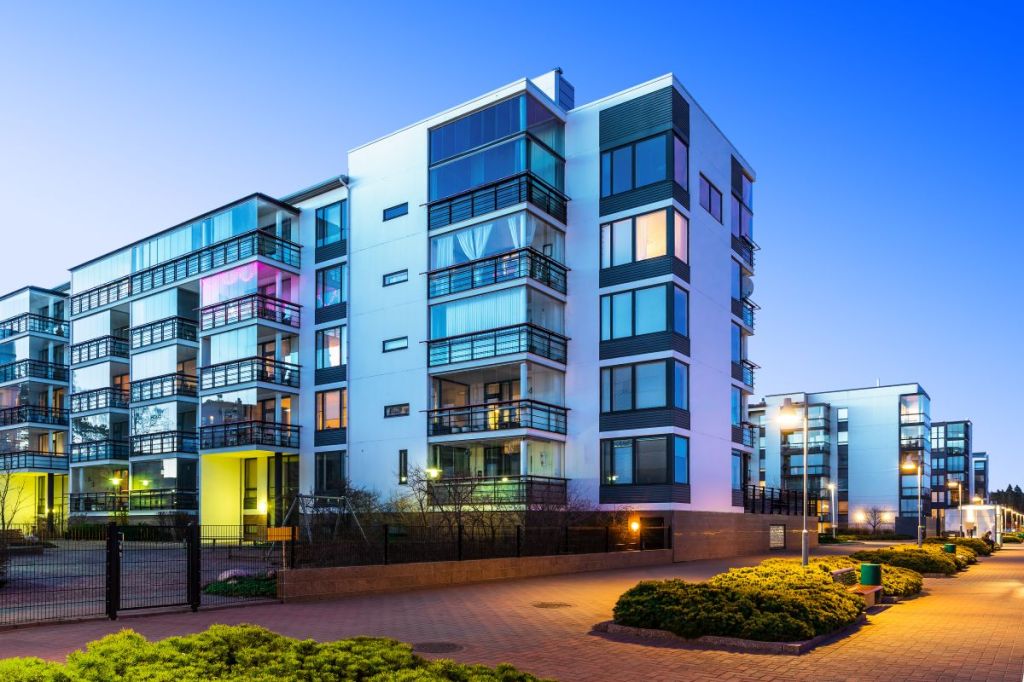Multifamily absorption was strong in the second quarter, reducing the national vacancy rate, according to the latest research from CBRE.
Positive net absorption, which measures the change in the number of occupied units, saw the strongest second quarter performance on record, totaling 188,200 units. This was the fifth consecutive quarter in which demand surpassed completions, pushing the overall multifamily vacancy rate down by 70 basis points to 4.1%.
While 2024 saw the peak of 450,000 new units, only 83,000 were delivered in the second quarter with a slowdown expected in the coming quarters. CBRE noted that more than two units were absorbed for every unit completed in the second quarter. The rolling four-quarter demand outpaced the 419,400 units added by 58%.
“Multifamily fundamentals strengthened dramatically in the second quarter, as robust renter demand continues to outpace new deliveries,” said Kelli Carhart, head of multifamily capital markets at CBRE. “We expect the gains to continue this year and accelerate in 2026.”
Average monthly rent increased 1.2% year over year in the second quarter to $2,228. According to CBRE, this marks the first time in two years that rent growth exceeded 1%. CBRE projects that rent growth will likely improve amid the slowing completions and healthy absorption.
Other takeaways from CBRE for the second quarter include:
• All 69 markets tracked by CBRE saw positive net absorption for the quarter. New York led the way with 19,300 units, followed by Chicago with 9,300 units and Dallas with 8,700 units;
• On a trailing four-quarter basis, Sun Belt markets continued to see the highest absorption rates as a percentage of total inventory, led by Raleigh, North Carolina, 8.1%; Austin, Texas, 7.4%; and Charlotte, North Carolina, 7.2%;
• The top five markets for completions on a rolling four-quarter basis in the second quarter were New York, Dallas, Austin, Washington, D.C., and Atlanta, comprising 29% of the national total. New York had 10% of the national total with 41,400 units completed;
• 50 markets have vacancy rates below their pre-pandemic levels, up from 38 markets in the first quarter. Providence, Rhode Island, had the lowest rate at 2.3%, followed by New York at 2.7% and New York’s Long Island and New Jersey’s Newark both at 2.8%;
• The Midwest led for year-over-year rent growth with 3.7%, followed by the Northeast with 3.1% and the Pacific with 1%. Negative year-over-year rent growth moderated in the Southeast but accelerated in the South Central and Mountain regions;
• Multifamily investment volume increased 7.1% year over year to $32.9 billion, excluding Blackston’s acquisition of AIR Communities last year. The sector comprised the largest share of total commercial real estate volume in the second quarter; and
• Dallas-Fort Worth was the top market for rolling four-quarter investment volume with $11.3 billion, followed by New York and Los Angeles.
